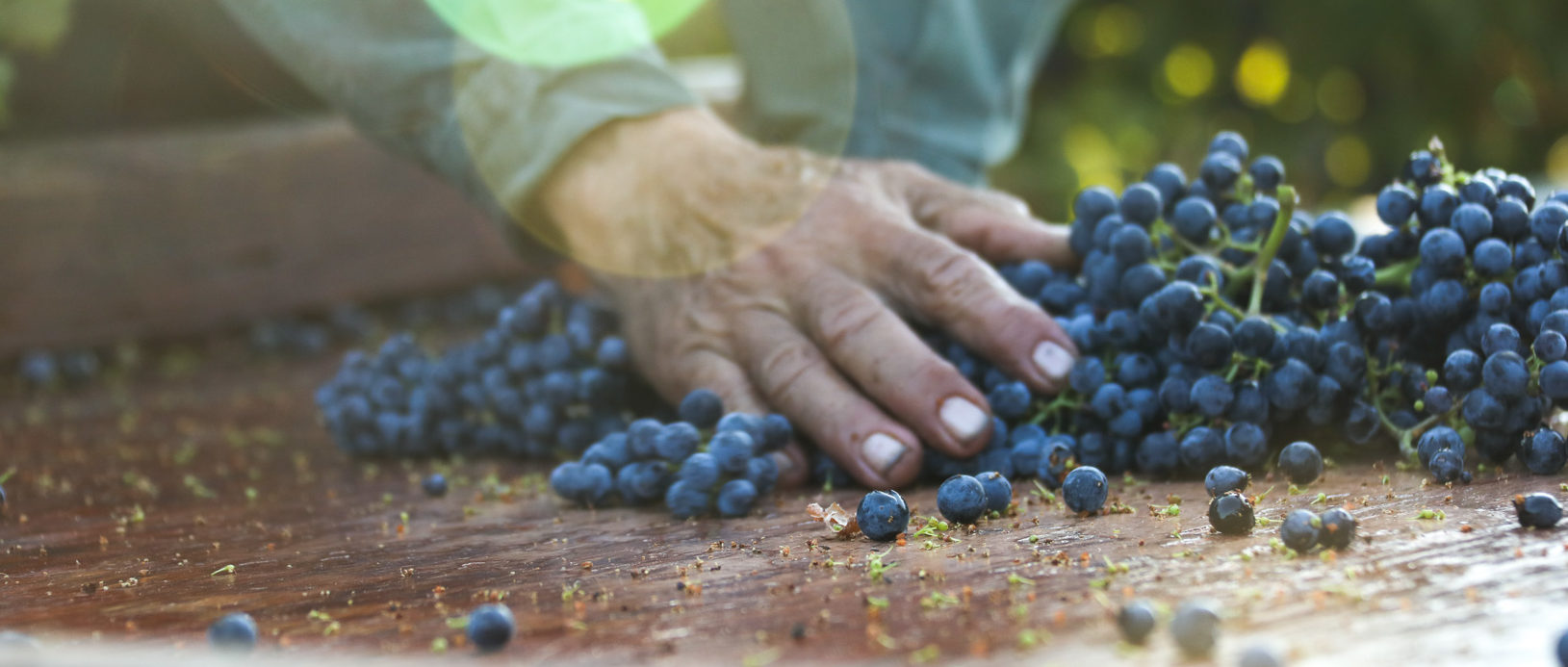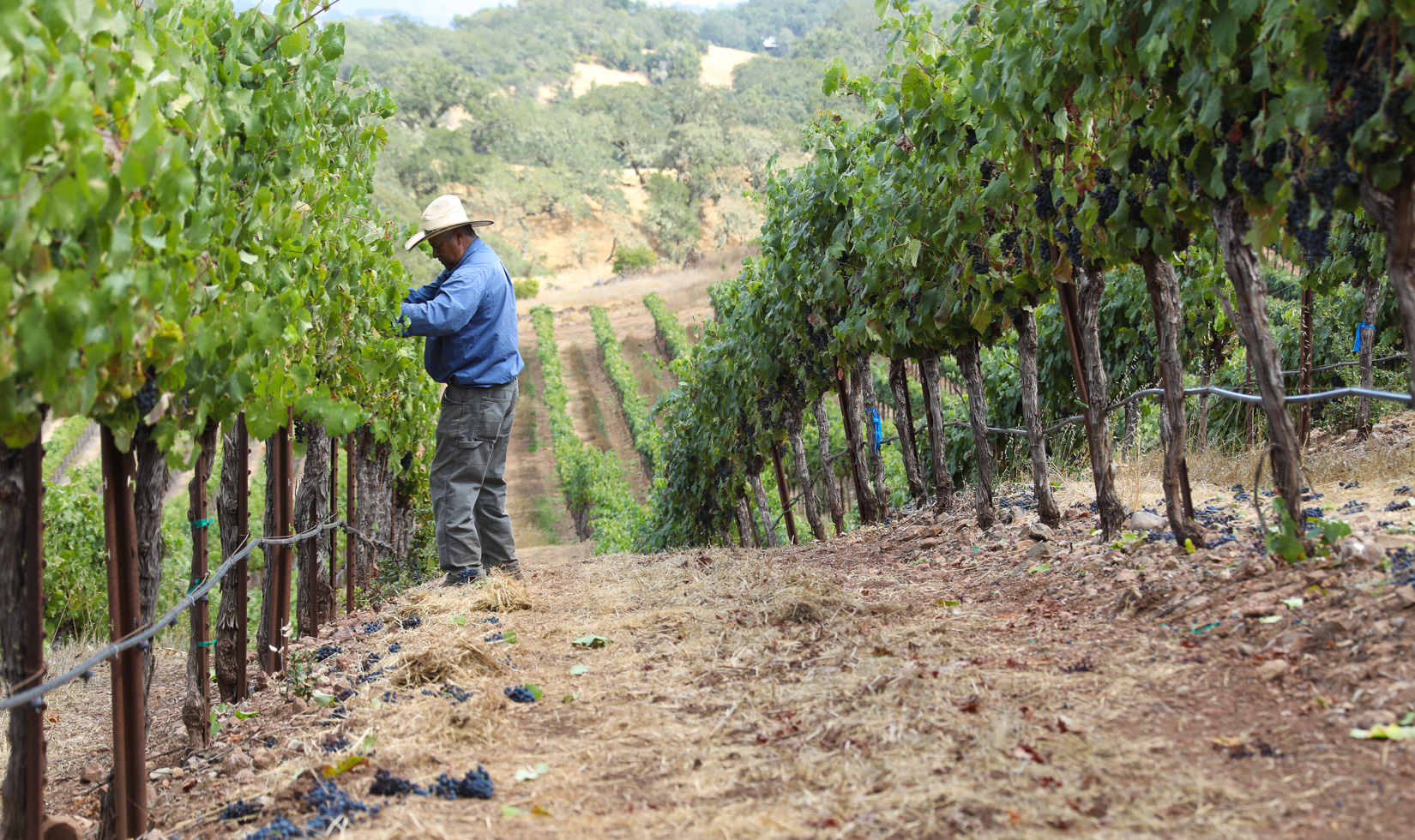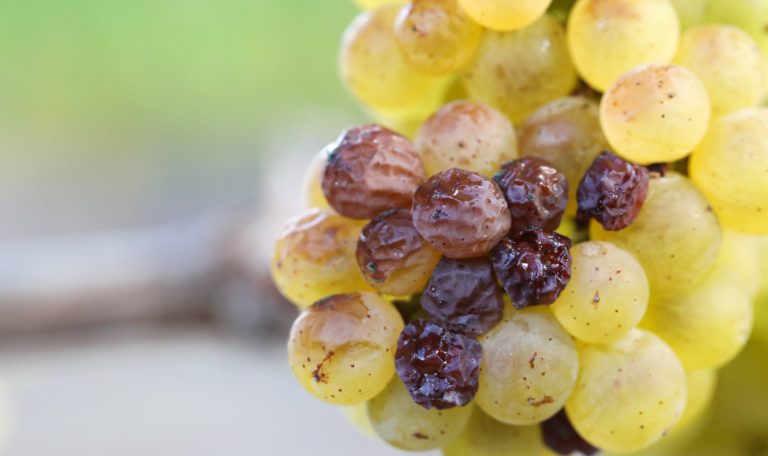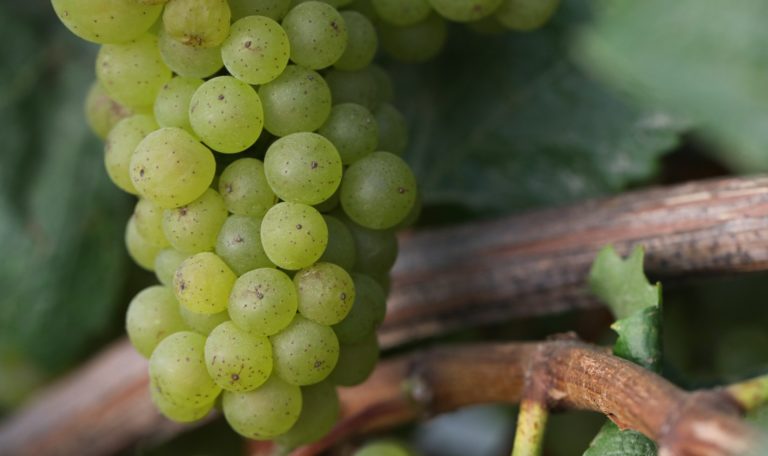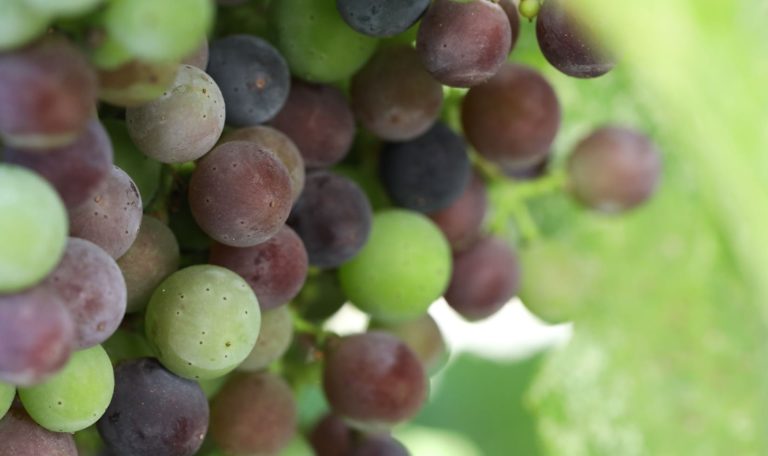The 2017 vintage challenged growers and winemakers in Napa and Sonoma wine country with multiple curveballs, from record winter rainfall to successive summer heatwaves. The quality of the 2017 wines is proof of the remarkable resilience of grapevines, and the dedication and skill of vineyard and cellar teams in producing beautiful wines under stressful weather conditions. Here are three essential practices that allowed Sonoma winemakers to craft great cabernet sauvignon in 2017.
Late-Season Leafing
The growing season began as a welcome return to normalcy as copious winter rainfall refilled reservoirs and replenished the water table. Days remained cool from late winter into early spring, which prevented an early bud break. April brought plentiful showers, and flowering began in May—three weeks later than the last few vintages. The season was progressing beautifully. Then, three major heat spikes hit Sonoma County in June and July, taking temperatures into triple digits. Clusters seized up over Father’s Day weekend and the vines maintained small bunches without much increase in berry weight. To protect the fruit from heat damage and sunburn, we decided to delay leafing the vineyards until the start of veraison. The afternoon shade this provided helped keep the grapes cool and shielded the fruit from sunburn.
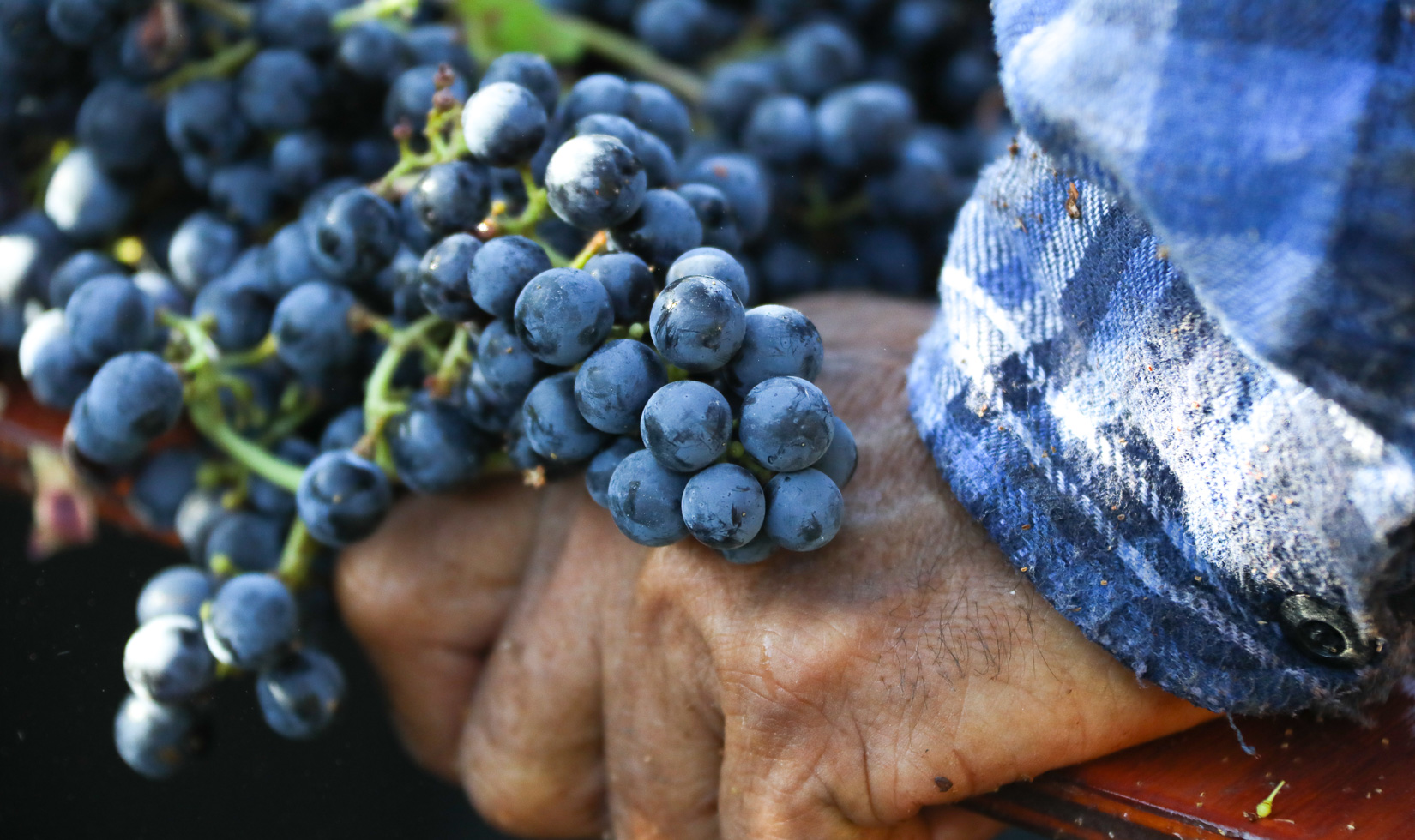
Grapevine Irrigation
August days were refreshingly cool, with ideal foggy mornings and night temperatures in the mid-50s. But over Labor Day weekend, temperatures soared well into the 100s and sugars in the fruit climbed due to dehydration. Winemakers have two choices to save their precious grapes during heatwaves like this: harvest unripe fruit to avoid further damage or irrigate the vines. We took quick action to irrigate our Alexander Valley vineyards and asked our growers to do the same. Fortunately, the added moisture helped the vines bounce back from the heat and kept the grapes from turning into raisins. The above-average rainfall we received throughout the winter and spring also aided the vines in getting through the summer heatwaves.
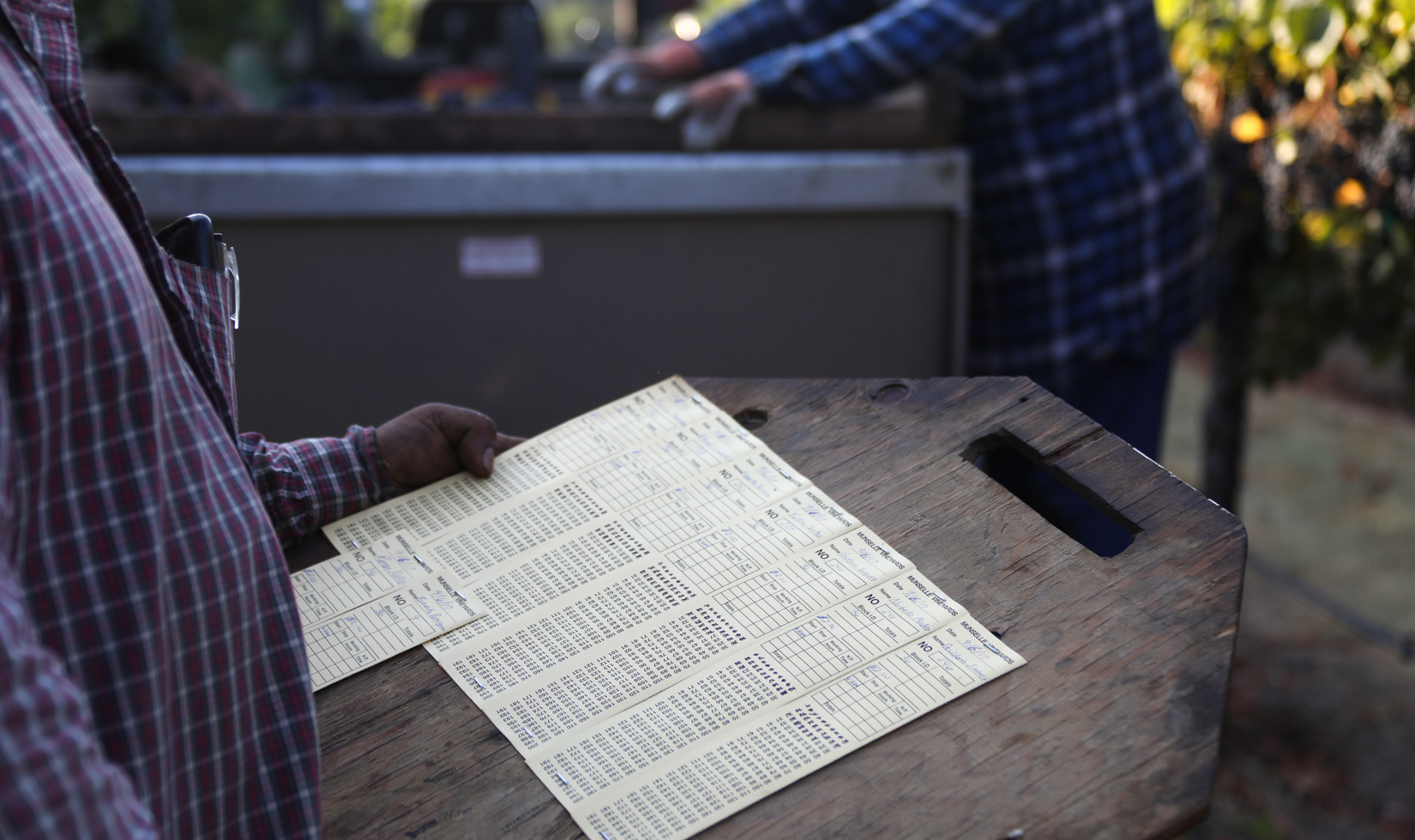
Waiting for Maturity
Grapes tested just after the Labor Day heat spell showed high sugar readings, but lacked real flavor maturity. With that much heat, the greater worry of a winemaker is not harvesting for sugar but harvesting for flavor. Because mature flavors are paramount for our wines, it was essential to delay the start of harvest until the vines could recover from the heat. We were thrilled to see that our patience paid off. Grapes tested just after the heat spell showed high sugar readings, but two days later, they dropped back down to normal levels, and the additional time on the vine helped the fruit develop rich and mature flavors.
Once tanks were pressed, we were amazed with how opulent the wine lots showed—like black cherries held in the strong palm of a veteran farmer. Overall yields were lower than normal due to lighter cluster weights and high temperatures, but the quality of the fruit more than made up for the smaller crop.
Learn more about the 2017 Jordan Cabernet Sauvignon.
